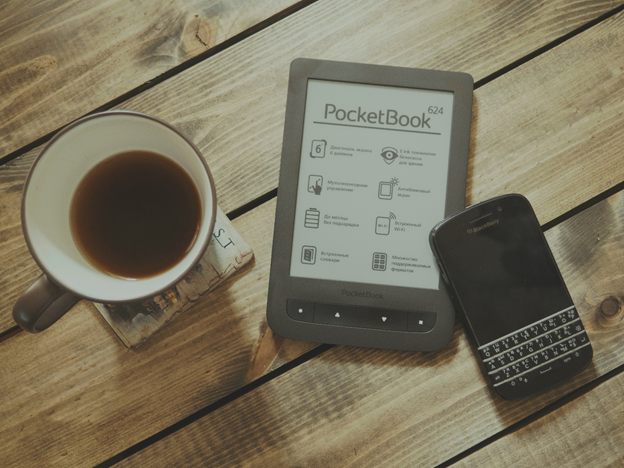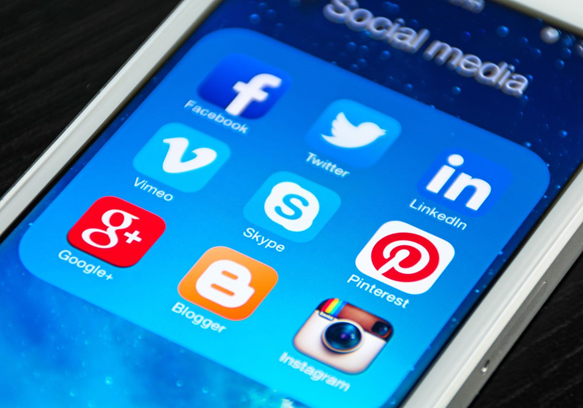Smartphones continue to see widespread adoption across the globe. According to a recent report by Pew Research, more than five billion people have a mobile phone. Over half of them use smartphones. The use of these devices are even more prevalent in more developed economies. Over 95 percent of people in South Korea use a smartphone. About 81 percent of the U.S. population has a smartphone. The median value across the globe is about 76 percent.
The Device People Can’t Do Without
It’s no surprise that smartphones are popular. You can use them for a variety of tasks. The most obvious one is communicating with your friends and loved ones through social media applications. You can also use them for work. There’s a wide variety of productivity apps on the market. You can also use smartphones to connect with and control other smart devices like agricultural monitoring equipment, point of sales (POS) systems, and more.
Thousands of students who don’t have computers can also use their smart devices to access online learning websites and open documents to answer their modules during the pandemic.
Smartphones are also becoming more and more diverse when it comes to prices. You don’t have to get the near-$1,000 flagship to have the full smartphone experience. You can get great performance and a world-class camera for under $400 with the iPhone SE and Google Pixel 4a. If you want to maximize your budget, Samsung’s A-series phones offer sub-$300 and sub-$200 models that are great for everyday use. Plus, smartphone prices are expected to drop by 10 percent in 2020, too, so more people will be able to afford them in time for the holiday season.
The smartphone is undeniably a part of everyday life for most people across the globe. So how did it become the versatile tool it is today?
The Evolution of the Smartphone
For a mobile phone to be classified as a smartphone, it needs to have capabilities that a modern computer would have, like a web browser, email, and productivity applications. Here’s how the smartphone evolved throughout the years.
Simon Takes the First Step
The idea of a phone that can run a variety of computer applications is no new concept. However, it started to come to fruition with the release of the IBM Simon Personal Communicator in 1992. Dubbed as the first smartphone, Simon had everything an advanced phone in that era was expected to have.
It had a touch screen that you could operate with a stylus. It didn’t have a fully-functioning web browser, but it had email and faxing capabilities. Its roster of applications included an address book, filer, calendar, notepad, and even a sketchpad. Its keyboard even had predictive typing capabilities, which showed the most likely letters you’ll need to finish the word you’re typing. They called this feature “PredictaKey.”
The Simon cost a fresh $1,100 in the 90s. This price is quite normal for today’s flagship phones. If you adjust for inflation, however, it’s almost two times the price at $1,855.94.
Ericsson GS88: Another “First”
Ericsson coined the term “smartphone” when they used it to describe their latest concept phone: the GS88. Its front panel featured a small screen with the standard phone buttons for dialing. You can flip it open to show its larger screen with touch capabilities and a full QWERTY keyboard. It had a 16-bit operating system, ports for PC connection and infrared, an integrated modem, and web browsing capabilities. The phone didn’t make it to the production stage, as it was too heavy and the battery was too weak to handle the demands of the device.

The Blackberry Revolution
Blackberry 850 was released in 1999. It was considered to be the first wireless handheld computer. It featured a full QWERTY keyboard, an eight-line display, and a variety of applications. The company saw huge commercial success for this model, and they continued to release updated devices based on the 850’s iconic design. Blackberry’s phones dominated the smartphone market of the early 2000s. It sold over 50 million devices at its peak, making up as much as 50 percent of the cellphone market in America.
The iPhone and Android Takeover
The release of the first iPhone in 2007 didn’t immediately quell Blackberry’s domination over the smartphone market. Neither did the release first phone to feature the Android operating system, the HTC G1 Dream. However, their seamless touchscreen capabilities, use of artificial intelligence and vast application market slowly captivated customers.
By 2013, Blackberry just couldn’t catch up with the advancements of Apple’s iOS and the Android OS. Its market share took a steep drop and its competitors took the reins. By December 2013, Android made up 51.5 percent of the smartphone market in the US, whereas Apple made up 41.8. The competition between these two operating systems and the phones they run on continues to this day.
Today’s smartphones are expected to run 3D games seamlessly and have cameras that rival high-quality point-and-shoots. Customers continue to be spoiled by these premium features. However, it’s important to look back at the devices that blazed the trail for these devices, from the IBM Simon with its first portable touch screen, to the Ericsson GS88’s full QWERTY keyboard. It won’t be long before the iPhone 12 and the Samsung S20 are considered relics of the past.

Be the first to comment on "The Digital Evolution: How Mobile Phones Got Smarter"